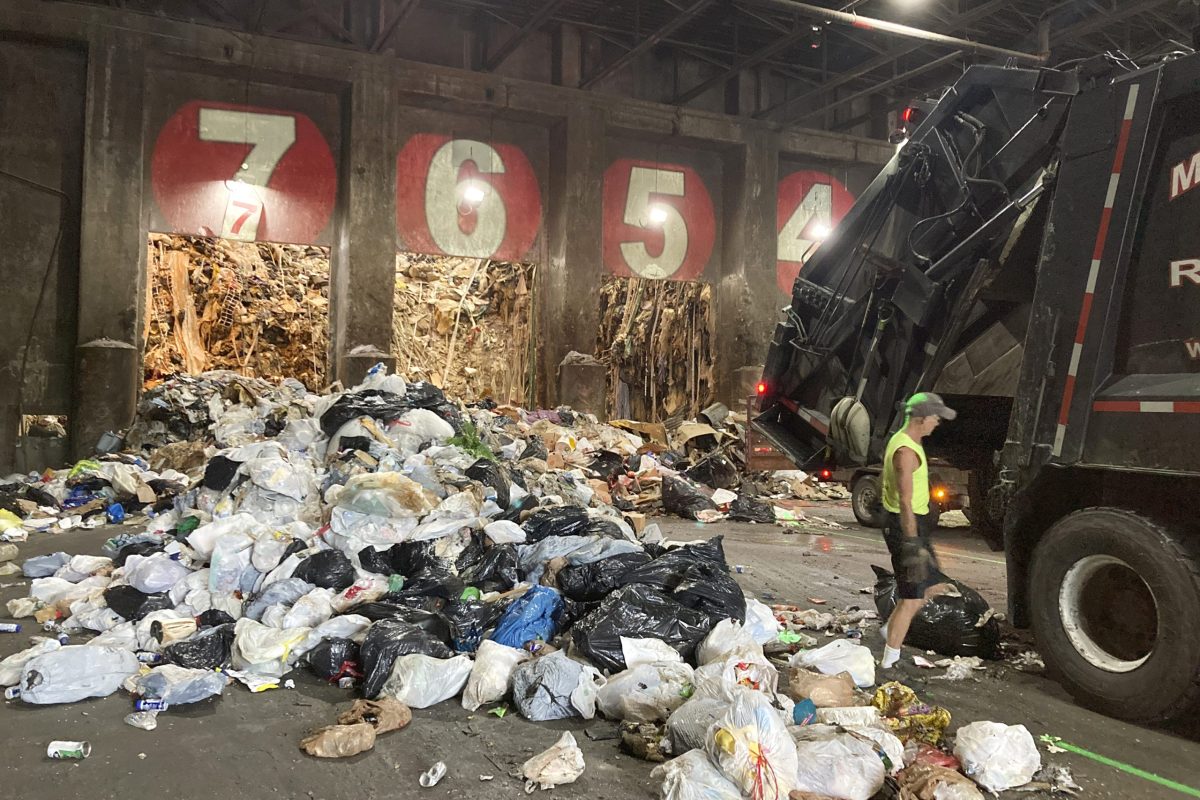
Limiting the Glogbal Warming
Investments of USD 131 trillion needed by 2050 to limit global warming
The International Renewable Energy Agency says net carbon dioxide emissions must be cut to zero to keep the rise in global temperature to 1.5 degrees Celsius by mid-century. It implies a 30% increase in plans to invest in renewable energy and new technology, to $ 131 trillion.
In the best case, energy transition in the world, total end-use energy consumption will decrease by 7.9% between 2018 and 2050, and electricity, mainly from renewable sources, should account for the Large in the mix, according to the preview of this year's World Energy Research Outlook Transitions. The current policies and plans only mitigate carbon emissions and they are far from enough to control global warming, the International Renewable Energy Agency – IRENA said.
The document reported that to keep the temperature rise below 1.5 degrees Celsius compared to the pre-industrial era, the emissions need to be reduced to zero, the document says. The study's authors calculate that energy conversion investment will have to increase by 30% from current plans to a total of $ 131 trillion between now and 2050.
The trend to reduce emissions seems to be reversing- reduce global warming
To anticipate the upcoming energy transition, financial markets and investors are directing capital away from fossil fuels and toward other energy technologies, including renewable energy, IRENA said.
Emissions continue to increase, except in 2020, when the COVID-19 pandemic causes a serious economic slowdown. Signs of a recovery are likely, at least in the short term, ”said the organization's general manager Francesco La Camera.
All coal plants in the pipeline should be scrapped, he said, to limit global warming. La Camera notes that renewable energy often outpaces fossil and nuclear fuels combined in terms of newly installed capacity. He pointed out that more than 170 countries have green energy goals and 30 countries have been set to hit net zero in the coming decades.
Fossil fuel rate reduced to 10%
The latest data shows that 2020 is a record year for the solar and wind photovoltaic market, with new capacity of 71 GW and 115 GW, respectively.
The optimistic scenario implies that the share of coal falls to 2% in 2050 from 11%, registered for 2018. During the same period, natural gas fell from 16% to 4% and oil decreased from 27% to 4%. Electricity displaces most of its output from fossil fuels, reaching 51%, compared with only 21% from 2018. At the same time, the share of renewable energy in electrical energy increases from 25% to 90%.
In that case, oil could maintain its primary role in petrochemical production and in the aerospace and shipping industries.
Removing hydrogen, carbon to reduce global warming
IRENA recommends electrification in end-use areas, with increased use of electricity in buildings, industry and transport, as well as energy-saving and recirculating economy measures. It said blue hydrogen, synthetic fuel and raw materials will indirectly help electrify.
According to the document, the energy transition and the push to limit global warming requires limited implementation of carbon capture and storage (CCS) and carbon dioxide (CDR) removal technologies, which emphasize Concentration added to the use of biomass with CCS (BECCS) as an additional solution. There is a role in carbon capture and use (CCU) in industrial production.
Marine energy, electric vehicle infrastructure and grid flexibility
Sectors such as marine energy, electric vehicle infrastructure and grid flexibility play notable roles in pushing net carbon emissions to zero.
Among the estimated investments needed for the best case, IRENA pointed out a few areas that are currently at the margins: marine energy, hydrogen electrolytic and infrastructure, carbon removal, recycling bio-products, biological ammonia and methanol. All grew from a near zero in 2017 to 2019 to $ 78 billion a year, in the case of hydrogen electrolysis and carbon removal infrastructure and technology.
Other notable leaps on an annual scale are seen for flexible grid solutions like power storage – from $ 4 billion to $ 133 billion and charging infrastructure for electric vehicles – from 2 billion. USD to 131 billion USD and centralized solar power – from 3 billion USD to 84 billion USD.
Written by MBT team














